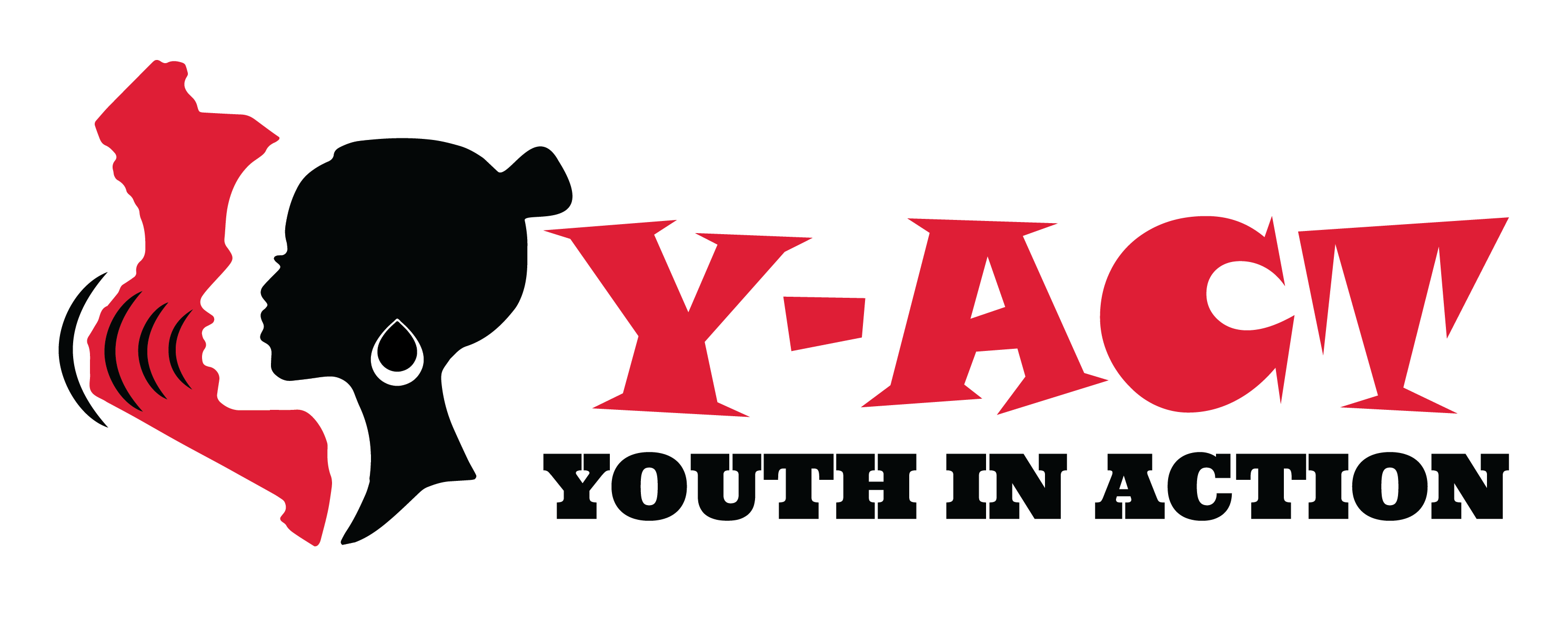DISSECTING SCHOOL RE-ENTRY AFTER TEENAGE PREGNANCIES
Valarie Musavi
What is the reality of a teen mom getting back to class three or six months after pregnancy and the newborn experience?
One cannot vividly come to terms with the level of attachment a teen mom has towards their baby nor how she has to shut down the entire world around her to cope in the midst of hard stigma and hopelessness hovering over her. The light at the end of the tunnel thus far has been the Return to School Policy 2016; this re-entry guideline maintains that teenage mothers should return to school, be encouraged to do so and calls for heightened pregnancy prevention programs. However, in the wake of such superb directives, 98% of teen moms do not return to school. While we anticipate radical shifts in attitudes and ways of life with such progressive policies, embracing change often requires the targeted right holders input. In this case, teen moms need to spell out what would work for them to ensure that re-entry is doable in their realities as school going teen parents.
Teenage Pregnancies Skyrocket During Covid-19
All the while, COVID-19 continues to overturn distilled waters thus highlighting skyrocketing teen pregnancies in the midst of a pandemic. In June 2020, the MoH Ante Natal Care (ANC) registers in four health facilities in Nairobi County; Pumwani Maternity Hospital, Mama Lucy Kibaki Hospital, Mathare North Health Centre and Eastleigh Health Centre recorded a total of 1,135 teen pregnancies, 27 of whom were aged 10-14 years. It is no surprise that these alarming statistics contribute to Kenya’s stagnant teenage pregnancy prevalence rate of 18%.
Sauti Sasa Report
The Sauti Sasa report of 2019, in which youth voices call for swift multi-sectoral action to end teenage pregnancies, highlights that 13,000 girls drop out of school every year due to teen pregnancies. In this report, key drivers of teen pregnancies include lack of sexuality education and inadequate access to quality SRHR services, harmful social-cultural practices like FGM and child marriage, poverty and lack of economic empowerment opportunities; and Sexual and Gender-Based Violence (SGBV)2. These factors clearly illustrate the constant and exhausting battle adolescent girls face against unintended pregnancies which is often a lost battle because they are defenceless and unprepared.
The standard Kenyan classroom is characterized by congestion, poor infrastructure, inadequate learning materials and an overwhelming teacher to student ratio. The sanitation environment in schools is not rosy either in rural Kenya schools, which experience inadequate lavatory facilities while in urban settings like Nairobi, schools experience water shortages presenting a harsh space for breastfeeding mothers who may wish to express milk or just clean up after a boob leak. For teen moms, stigma is a consistent living experience in most African communities both at home and school by their peers and elders alike. As it is, the school environment creates insurmountable hurdles for a teen parent. Therefore, teen mothers will often opt to give up on the pursuit of education and surrender to the struggle of child care, preferring to engage in income-earning activities to support their babies.
Teenage Pregnancies Prevention Actions
Actions to strengthen teen pregnancy prevention initiatives as mentioned by young people in the Sauti Sasa report include the rollout of an age-appropriate sexuality education curriculum that also targets the entire societal structure, adequate investment in advocacy programming against harmful cultural practices like FGM, strengthening community engagement and judicial systems in preventing SGBV and enabling justice for victims and increased access to SRHR services such as the adequate provision of sanitary pads to girls as directed in the Basic Education Act amendment of 2017.
With prevention strategies in place, achieving re-entry will be quite smooth because pre-exposure systems will set the tone for embracing re-entry strategies. Domesticating the Return to School Policy heavily relies on the design of demographic-specific frameworks i.e. at county levels due to social differences per region that prescribe diverse ways in our communities. Enabling continuity of education for teen moms requires setting up teen- mom- life relatable measures like having weekend classes, building more lavatory facilities for girls, anti-stigma awareness creation in schools and the community, 2-hour day breaks for baby care, nutrition programs in schools to boost nutrition for breastfeeding moms and digitization of learning to enable teen moms to learn from home. These interventions require intentional and multi-sectoral investment, lest the Return to School Policy of 2016 remains a pipe dream.
References
Step Up, Strengthening Evidence for Programming on Unintended Pregnancies (2016), www.popcuncil.org
